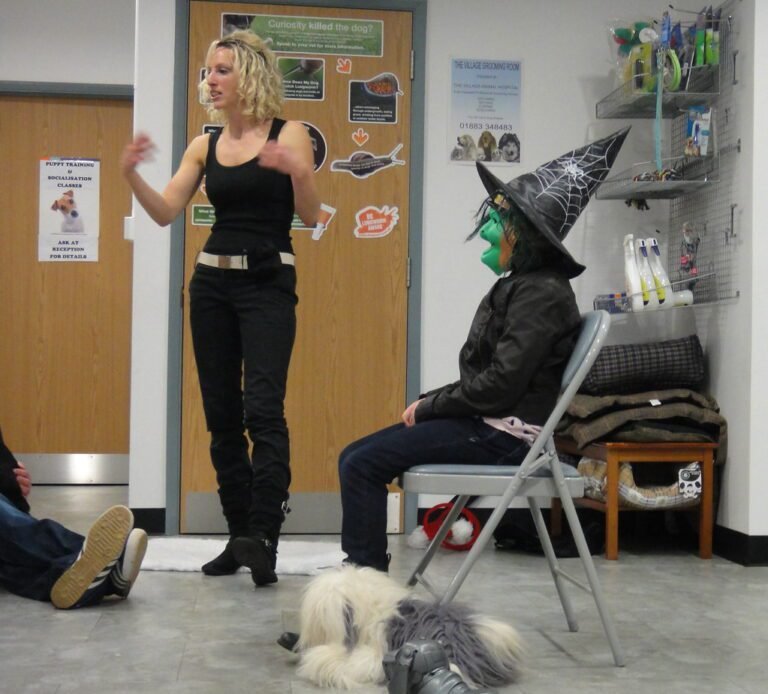What Are The Causes Of Aggressive Dog Behavior?
All dogs can and will show aggression given the right set of circumstances. Aggression for a dog is a natural response and it is critical to understand what circumstances and experiences will probably provoke aggressive dog behavior.
Understand that what a human may see as an unprovoked aggressive act in a dog may, in fact, be perfectly logical to a canine mind.
The major determinants for aggressive behavior in dogs are discussed below.
Territorial Aggression

Dogs will use territorial aggression when defending their territory. This is any territory that the dog is familiar with or has marked with her scent. While you may encourage your dog to protect your property, the dog may claim the whole neighborhood as his territory to protect.
Guarding Aggression
Most dogs tend to guard possessions, and members of their pack. This may include people, other family pets, or even favorite toys and sometimes food items. “Guarding Aggression” is directed at unfamiliar people or animals that are approaching the dogs people, possessions or food. Occasionally, the dog will even guard food or toys from familiar people or dogs.
Transferred Aggression
Transferreed Aggression often happens when a dog becomes overly excited or upset and instead of becoming aggressive with the item causing the excitement, it transfers its aggression/frustration onto another dog or person. For example a child may harass a dog with a stick through a fence, and since the dog cannot defend itself through the fence it may turn its aggression on another dog in the yard or on another person.
Pecking Order Aggression
Dogs are pack animals, and they need to establish the pecking order or hierarchy with the family or household members (human and animal alike). Once the dog has established his rank in the family he, or she, does not like to be challenged. Often well-meaning owners will inadvertently teach their dogs that they are in fact the highest ranking pack member and that can lead to difficulties in controlling the dog. It is also common for there to be aggression problems between dogs in the same household as they battle it out for the top position.
Aggression Due to Fear
Dogs do respond like humans with a fight or flight instinct when presented with a fearful situation. Dogs that respond with aggression may growl, snarl or even bite if they are frightened. Remember, different reactions in dogs are due to genetic disposition, training methods and past experiences. The dog may see a fearful event in a calm environment if he has been abused in the past. Dogs that would normally use the flight option but are trapped or cornered will resort to aggression in an attempt to protect themselves.
Dogs will use aggression when they feel that they are threatened, that their position in the pack or family is threatened, or that their territory or possessions are endangered. As human beings we often don’t understand all the triggers for a dog to respond in this way. Aggression in dogs needs to be controlled to avoid a potentially dangerous situation for both humans and other animals. Positive rewards training generally works well for these dogs, and punishment will rarely help; in fact, it will often make the aggressive behavior worse.








2 Comments
Comments are closed.